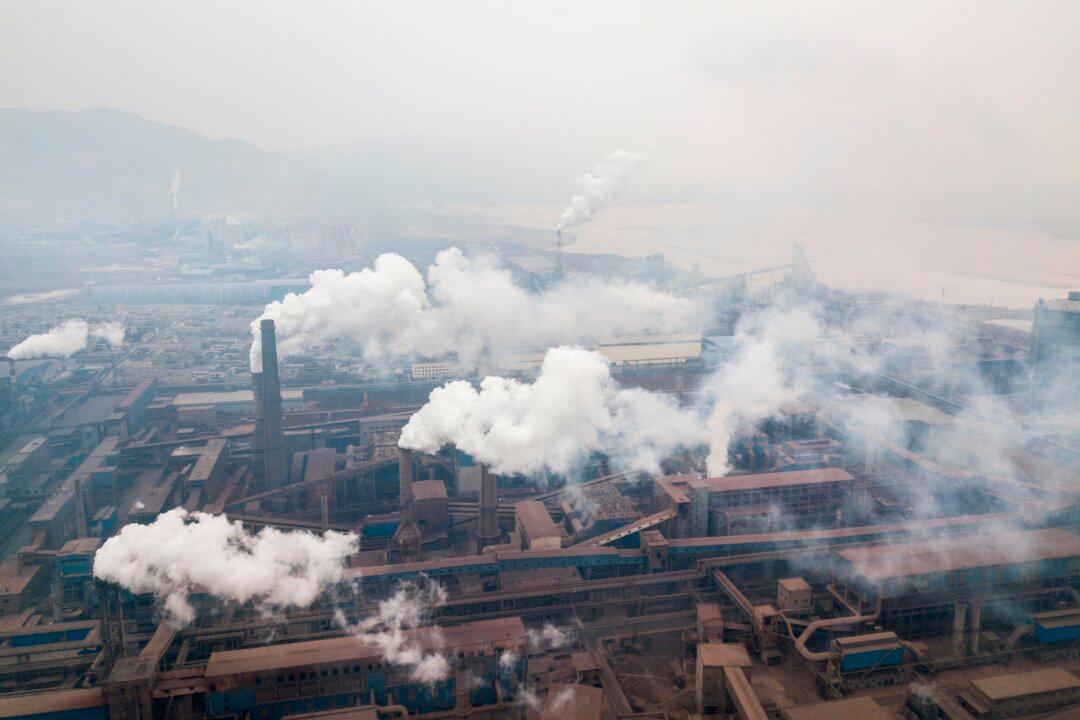Commentary
When Beijing began its crackdown on crypto mining, the environment was cited as one of the major reasons why. In reality, though, the crackdown had little to do with the environment; instead, it had everything to do with control. Remember, China is the world’s biggest polluter; its latest five-year plan looks likely to increase emissions, rather than decrease. Its sprint toward carbon neutrality is in fact a crawl. This should surprise no one. Communist countries live on lies.





